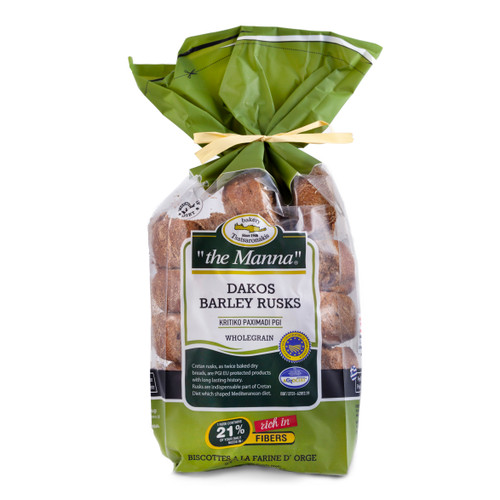redsoxdw_
Active member
It is likely that I will be going to Crete this year, particular the Heraklion area so I can visit Knossos Palace. I have heard that there are some unique elements to Cretan cuisine to explore while there.
Someone told me to order a dish called Dakos. I see online that it is a bread dish with tomato and cheese. Is this something I can make at home easily to give it a try?
I know in the summer, Village Salad is a staple - I heard that they commonly use a cheese that resembles Feta, but isn't?
Cretans seem to love finding their food wild and eating it fresh. I know this is common all over Greece.
I would appreciate your thoughts!
Someone told me to order a dish called Dakos. I see online that it is a bread dish with tomato and cheese. Is this something I can make at home easily to give it a try?
I know in the summer, Village Salad is a staple - I heard that they commonly use a cheese that resembles Feta, but isn't?
Cretans seem to love finding their food wild and eating it fresh. I know this is common all over Greece.
I would appreciate your thoughts!





